Related Articles
00 / 00
New Inpatient Visitor Check-In Process Effective March 10. Learn more here.

Request an Appointment
Chair, Department of Radiation Oncology, Lewis Katz School of Medicine at Temple University
Chair, Department of Radiation Oncology, Fox Chase Cancer Center
Professor
Gerald E. Hanks Endowed Chair in Radiation Oncology
NCCN, Prostate Cancer Panel Member
Urethral Cancer, Penile Cancer, Ureteral Cancer, Kidney Cancer, Testicular Cancer, Bladder Cancer, Prostate Cancer
In addition to my focus on treating and caring for patients with prostate and bladder cancer, it is my responsibility as Chairman of the Department of Radiation Oncology at Fox Chase; an NCI designated National Comprehensive Cancer Center to promote the mission of the Center to prevail over cancer. Our department's expertise has always focused on developing and integrating sophisticated technology into successful treatment for our cancer patients and I remain committed to continuing and expanding this legacy. However, the successful treatment of a patient is not just based on the technology that is available. Being diagnosed with cancer and receiving treatment is one of the most difficult things that many people will ever face, and it is crucial that we as caregivers do not forget this. Caring for patients as one important part of a multidisciplinary team allows us in the Department of Radiation Oncology to provide the best possible care for our patients.
Since joining the staff in 1997, Dr. Horwitz's contributions include spearheading the clinical program as it grew exponentially in size and patient volumes. He developed advanced treatment programs using intensity-modulated radiation therapy (IMRT), image-guided radiation therapy and brachytherapy, including high-dose-rate (HDR) brachytherapy for prostate cancer and CT based adaptive radiation therapy. As a result, Fox Chase was the first in the eastern United States to offer HDR implants to men with prostate cancer. .
In addition, Dr. Horwitz integrated the use of an MRI treatment simulator into prostate cancer treatment planning for both permanent, low-dose prostate implants and external radiation therapy. Fox Chase was the first in the world to use MRI in radiation treatment planning.
Dr. Horwitz has published extensively in peer-reviewed journals and is a co-author of multiple chapters in various oncology texts. He has been invited to give numerous lectures and presentations at professional meetings in the United States and abroad. Dr. Horwitz has been named a top doctor by Castle Connolly's "American's Top Doctors" and is annually listed as one of Philadelphia magazine's "Top Docs."
He serves on the editorial board of the journal Brachytherapy and is the past-President and Chairman of the Board of the American Brachytherapy Society. He is also active in the American Society of Radiation Oncology and the American Board of Radiology.
Dr. Horwitz received his MD from Albany Medical College in New York after earning his undergraduate degree at the University of Pennsylvania in Philadelphia. He completed both his internship and residency at William Beaumont Hospital in Royal Oak, Mich., where he was chief resident in radiation oncology. Dr. Horwitz joined Fox Chase in 1997. Since 2008, he has been the Chair of the Department of Radiation Oncology at Fox Chase. In 2009, he was promoted from Associate Professor to Professor and holder of the Gerald E. Hanks Chair in Radiation Oncology with tenure in Fox Chase's division of medical science. In 2022, he led the integration of the Department of Radiation Oncology across the Temple University Health System and now leads the single radiation oncology department at Fox Chase and the Lewis Katz School of Medicine at Temple University.
In the early 2000s I was a real estate agent living and working in Ocean County, New Jersey.

My decades-long career working for companies involved in the healthcare industry took me all over the United States, from the Northeast, to the Midwest, to the South. Years later, so did my cancer treatment, eventually leading me at Fox Chase Cancer Center.

I’ve been a tennis coach for nearly 17 years, the last dozen at Legacy Youth Tennis and Education in Philadelphia. I run group clinics and offer private lessons. I specialize in movement and footwork training, as well as video-based training. My students range from kids as young as five to professional tennis players. I’m an active coach. When I teach my students how to do something, I want to show them I can do it. They’re amazed at how good I am!

I’m 66 years old and a resident of Princeton, New Jersey. I’m retired now, but I worked on Wall Street for 43 years and have been looking forward to spending my retirement doing things I love like playing golf, running, and giving back to the community.
Horwitz, E.M.; Bae, K.; Hanks, G.E.; Porter, A.; Grignon, D.; Brereton, H.; Venkatesan, V.; Lawton, C.A.; Rosenthal, S.A.; Sandler, H.M.; Shipley, W.U. Ten-Year Follow-Up of RTOG 92-02: A Phase III Trial of the Duration of Elective Androgen Deprivation in Locally Advanced Prostate Cancer. Journal of Clinical Oncology 26: 2497-2504; 2008. PubMed
Langer, C.J.; Harris, J.; Horwitz, E.M.; Nicolaou, N.; Kies, M.; Curran, W.J.; Wong, S.J.; Ang, K.K. Phase II study of paclitaxel, cisplatin in combination with split course concomitant hyperfractionated re-irradiation in patients with recurrent squamous cell cancer of the head and neck cancer: Preliminary results of RTOG 99-11. Journal of Clinical Oncology 25: 4800-4805; 2007. PubMed
Horwitz, E.M.; Levy, L.B.; Thames, H.D.; Kuban, D.A.; Kupelian, P.A.; Martinez, A.A.; Michalski, J.M.; Pisansky T.M.; Sandler, H.M.; Shipley, W.U.; Zelefsky, M.J.; Hanks, G.E.; Zietman, A.L. The Biochemical And Clinical Significance Of The Post-Treatment PSA Bounce For Prostate Cancer Patients Treated With External Beam Radiation Therapy Alone: A Multi-Institutional Pooled Analysis. Cancer 1071: 1496-1502; 2006. PubMed
Kuban, D.A.; Levy, L.B.; Potters, L.; Beyer, D.C.; Blasko, J.C.; Moran, B.J.; Ciezki, J.P.; Zietman, A.L.; Zelefsky, M.J.; Pisansky, T.M.; Elshaikh, M.; Horwitz, E.M. Comparison of biochemical failure definitions for permanent prostate brachytherapy. International Journal of Radiation Oncology Biology and Physics 65: 1487-1493; 2006. PubMed
Horwitz, E.M.; Thames, H.D.; Kuban, D.A.; Levy, L.B.; Kupelian, P.A.; Martinez, A.A.; Michalski, J.M.; Pisansky T.M.; Sandler, H.M.; Shipley, W.U.; Zelefsky, M.J.; Hanks, G.E.; Zietman, A.L. Definitions Of Biochemical Failure That Best Predict Clinical Failure In Prostate Cancer Patients Treated With External Beam Radiation Alone - A Multi-Institutional Pooled Analysis. Journal of Urology 173:797-802; 2005. PubMed
Horwitz, E.M.; Uzzo, R.G.; Hanlon, A.L.; Greenberg, R.E.; Hanks, G.E.; Pollack, A. Modifying the ASTRO definition of biochemical failure to minimize the influence of backdating in patients with prostate cancer treated with 3D conformal radiation therapy alone. Journal of Urology 169: 2153-2159; 2003. PubMed
Hanks, G.E.; Hanlon, A.L.; Epstein, B.; Horwitz, E.M. Dose response in prostate cancer with 8-12 year follow-up. International Journal of Radiation Oncology Biology and Physics 54: 427-435; 2002. PubMed Collapse
The following ratings and reviews are based on verified feedback collected from independently administered patient experience surveys. The ratings and comments submitted by patients reflect their own views and opinions. Patient identities are withheld to ensure confidentiality and privacy. Learn more about our Patient Experience Ratings.

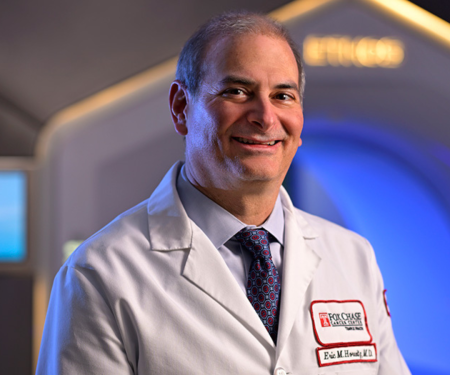



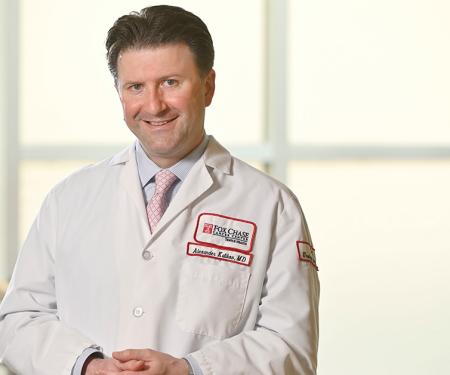
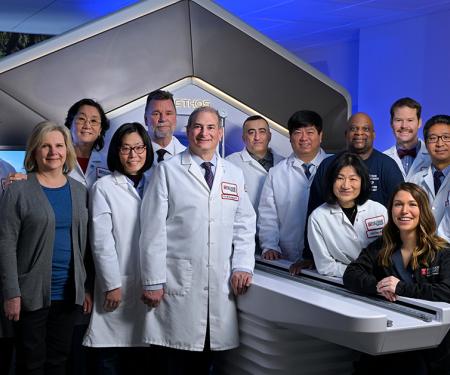


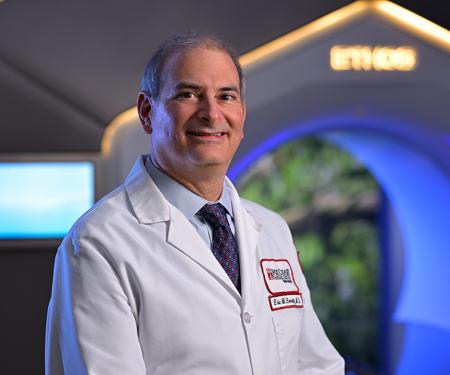


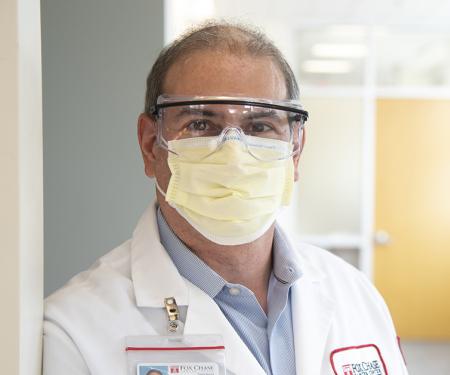
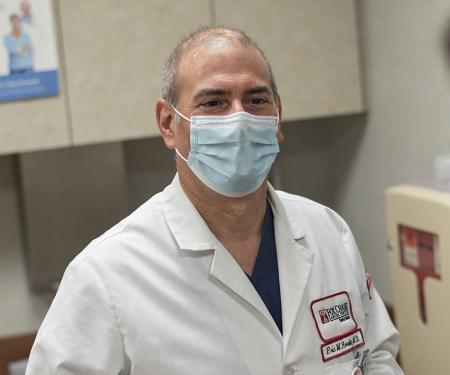

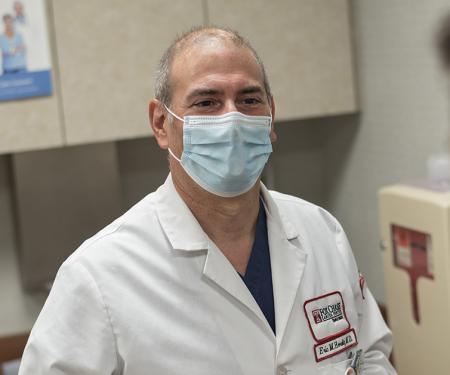
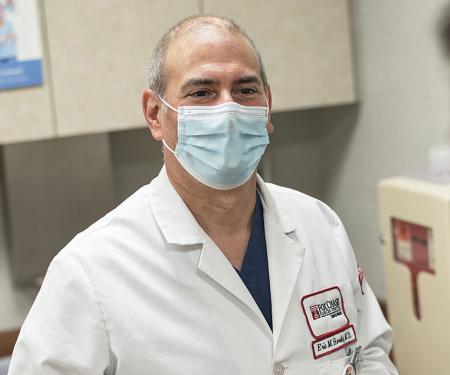






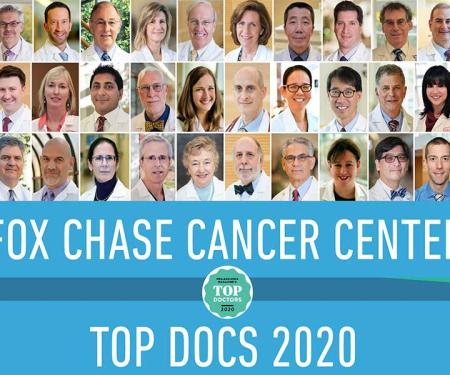

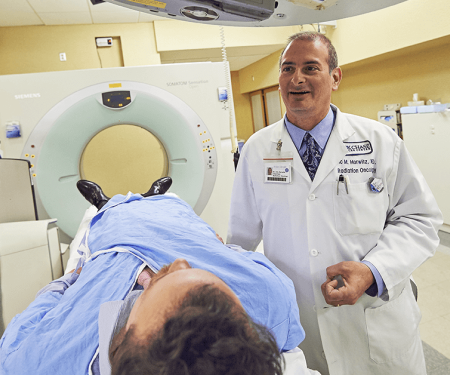


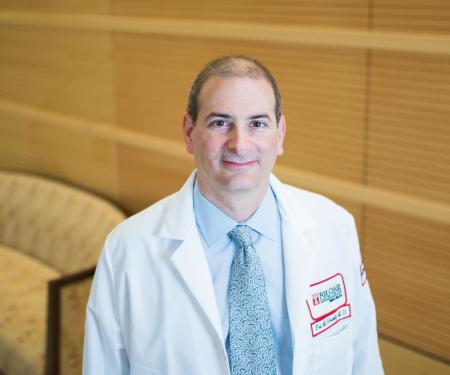

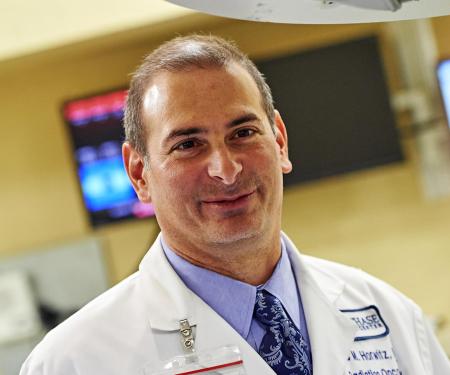
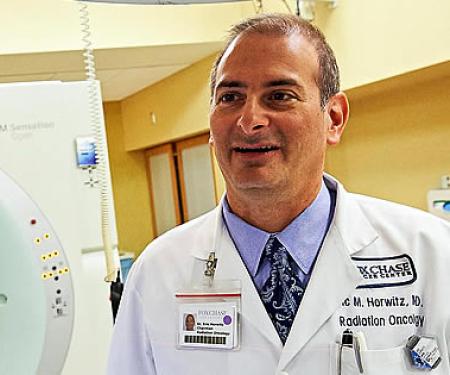

Patient comments